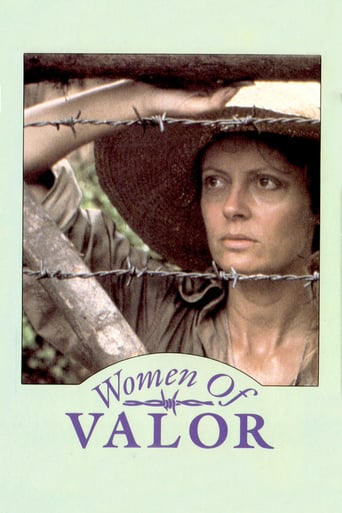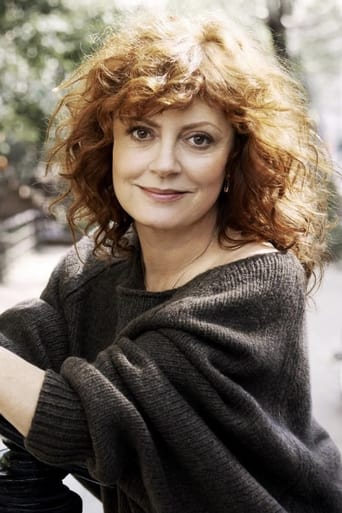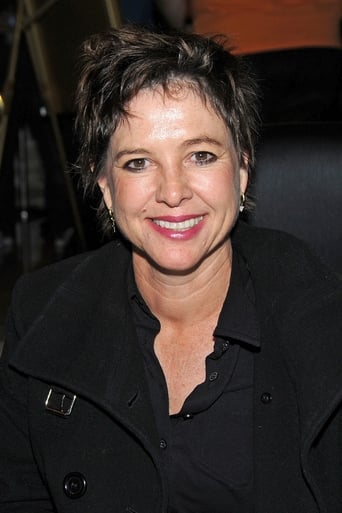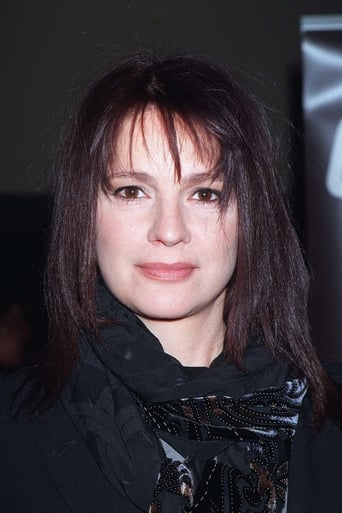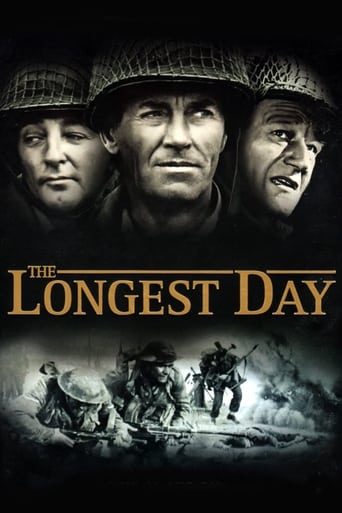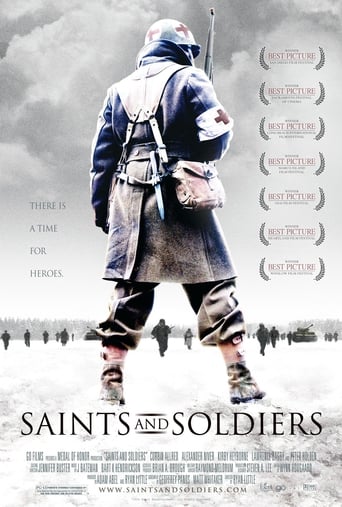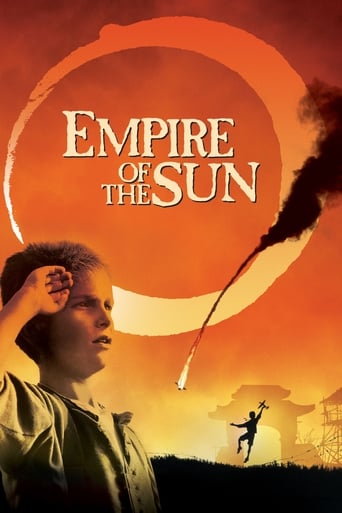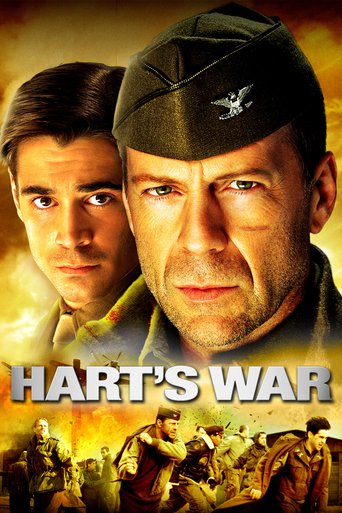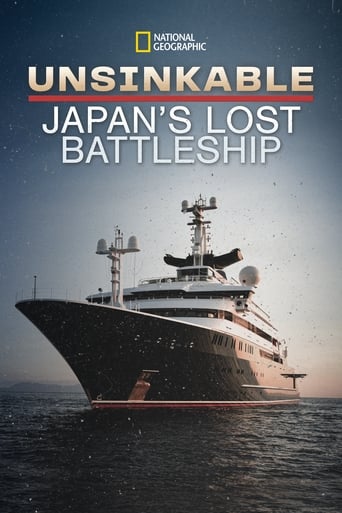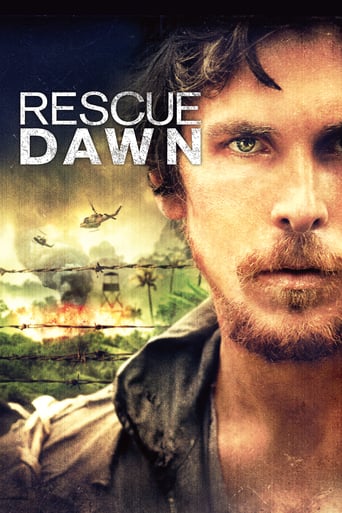Women of Valor (1986)
A group of American Army nurses are captured by the Japanese in April 1942 and spend three years in a prisoner-of-war camp in Bataan. Lt Margaret Ann Jessup, the head army nurse, survives the camp and testifies against the Japanese in front of the United States Congressional subcommittee years later as a colonel.
Watch Trailer
Cast


Similar titles
Reviews
Very very predictable, including the post credit scene !!!
not horrible nor great
A lot more amusing than I thought it would be.
It's funny watching the elements come together in this complicated scam. On one hand, the set-up isn't quite as complex as it seems, but there's an easy sense of fun in every exchange.
Traditional World War II movies were not common in the eighties, but "Women of Valor" is one of the few exceptions. ("The Big Red One" and "Memphis Belle" are others). Films about life in wartime prisoner-of-war camps ("The Colditz Story", "Bridge on the River Kwai", "The Wooden Horse", "The Great Escape", "King Rat", etc.) had been popular in the fifties and sixties, but the genre declined in popularity after that, with the semi-comic "Escape to Athena" being a rare example from the late seventies. What makes "Women of Valor" different, of course, is that the prisoners are female rather than male, although the film-makers may have been influenced by the British TV series "Tenko" which ran between 1981 and 1984 and also dealt with the experiences of women captured by the Japanese during the war. The story of "Women of Valor" is told using a "framework technique". The opening and closing scenes show Lt Margaret Jessup, a senior army nurse, giving evidence to a United States Congressional subcommittee about her experiences as a POW in the Philippines between 1942 and 1945. The remaining part of the film shows what Lt Jessup and her fellow nurses went through during their internment in the camp.One thing which surprised me about the film was how anti-Japanese it was. "Bridge on the River Kwai", made thirty years earlier, little more than a decade after the end of the war itself, takes a much more balanced view, with a certain respect growing up between the British Colonel Nicholson and his captor Colonel Saito. Here, however, the Japanese soldiers are simply shown as ugly, brutal little men who delight in tormenting their captives. (There was a lot of anti-Japanese feeling in America during the eighties, mostly rooted in trade rivalry, and I wondered if this might have had something to do with the way the Japanese are portrayed here). Only their commandant, Captain Nakayama, seems capable of showing any humanity, something the film attributes to his having grown up in San Francisco, and as despite his American upbringing he still believes implicitly in the code of Bushido and the divinity of the Emperor there is a limit even to Nakayama's liberalism. (It is, in fact, doubtful whether the idea of the Japanese worshipping their Emperor as a living god was ever more than a Western misunderstanding- or fabrication- but the film does not delve too deeply into Shinto theology). The film is generally a fairly dull one, repeating all the standard prisoner-of-war situations familiar from the movies listed above and others without adding very much that is new. Merely changing the sex of the prisoners does not really amount to originality. There is no real attempt to develop the personalities of the various nurses and none of them emerge as memorable individuals. The one character who is given more individuality is, oddly enough, Nakayama, whose American background and greater sense of decency set him apart from the other Japanese. The film does much to show just why the war film went into a decline in the years after 1970. A loss of American patriotism and self-confidence after the traumas of Vietnam and Watergate was only part of the reason; by the Reagan years of the mid-eighties America had largely recovered those qualities. A more important reason was that so many war films had been made that it was becoming increasingly difficult to say anything fresh about the conflict. "Women of Valor" certainly does not do so. 4/10
An intense and haunting television movie set in Philippines about of the horrors of war during WWII . The film is dedicated to the one hundred and four Army and Navy nurses who were incarcerated by the Japanese during WWII . Although it is a work of fiction , this movie is representative of the collective courage and the experiences of the American Forces who served in the Philippines. It starts in 1941 at Luzon island , some nurses stationed in Philippines are captured by the Japanese and struggle to survive in brutal POW camp in the Far East. This is a true story, exterior scenes were photographed wherever possible in Philippines in the exact locales associated with the event as related by the nurses . The happenings throw the whole group into Bataan towards Corregidor, but later are imprisoned hard concentration camp . Their confinement is recounted in unsparing and harrowing detail , as the British nurses find themselves interned for the long duration . As orders from Nipponese Army Administration are strict as men and women will be imprisoned separately , to avoid punishments and beatings , the ladies should presume themselves to endeavor , with passive behavior not negative . Meanwhile, the starring starred by Susan Sarandon suffering a surreal and brutal experience ; however , she attempts to lift the spirits of the brutalized women. Some of them are cruelly attacked , mistreated and raped. Finally , General McArthur disembarks at Leyte and carries out his known promise.Interesting and strong drama based on autobiographical deeds starred by the brave nurses . No weakest in the cast and few in the movie , which presents the women's Japanese captors as human and inhuman at the same time with clashing cultures included and also laudable for a fairly event-handed portrayal of the enemy captors . Clearly there's much longer plot in this, but director Buzz Kulik concentrates on the passionate acting of Sarandon and other nurses . It's a taut psychological drama about physical and emotional survival focusing on the tensions between Susan Sarandon , soldiers and the camp commander as cultured officer. Crammed with emotive moments , the picture has a string of committed performances from Sarandon , Kristy McNichol , Valerie McChaffey, Suzanne Lederer , Terry O'Quinn , among others . Familiar ground is trod in this prisoner-of-war saga , but the thought-provoking story and magnificent acting help sustain interest. Musical score by the maestro French George Delerue is genuinely moving and stirring .This superior though overlooked drama , is also laudable for a fairly portrayal of the enemy captors and being professionally directed by Buzz Kulik. Rating : 6,5 ,better than average , worthwhile watching .Other films about women on concentration camps mistreated by Japanese military during WWII are the following : the classic titled ¨Three came home¨(1950) by Jean Negulesco with Claudette Cobert and Patric Knowles and ¨Paradise road¨(1997) by Bruce Beresford with Glenn Close , Julianna Margulies and Frances McDormand , set in Singapur
Spoilers below.These women are entirely unlikeable, putting themselves and their escorts at risk when evacuating by first going back to get sexy lingerie(?!) and secondly by bathing below a waterfall, laughing and squealing, regardless of risk of being seen/overheard/caught up by the very people they were trying to escape.By 30 mins in I didn't care about the women involved or their story. Take my advice - if you're interested in a "women imprisoned by the Japenese" story, watch Tenko instead.Very disappointing.
The tale of American army and navy nurses who are prisoners during the Japanese occupation of the Phillipines in the second world war. Kristy McNichol appears in the Bataan Death March, as one of gender disorientation, since her killing of a Japanese soldier makes the others assume she is a boy. In a memorable scene McNichol and Susan Sarandon slug it out as a form of self-punishment for the gratification of the guards. McNichol's role is supportive to Sarandon who is the star, but she brings her usual tomboyish spunkiness to proceedings. The teleplay by Jonas McCord rationalises the Japanese's brand of cruelty with the idea that they do not believe in surrender. They would rather suicide than be shamed in the way they believe the women have allowed themselves to be, and therefore the Japanese think the prisoners deserve no kindness. However not every guard enacts this philosophy, with one noticeably friendly to one woman who falls pregnant, and the commander being an American-Japanese, having being raised in San Francisco, makes him more amenable to Sarandon's requests for mercy. The treatment is narrated by Sarandon, at a post-war hearing, so we know she will survive the camp, but it does not answer the question of why the Americans left the Phillipines so quickly once they declared war on Japan. The idea that they are not aware that any Americans have remained in the area is raised at the camp's liberation, but clearly sentiment is against Douglas MacArthur when he announces his withdrawal. Director Buzz Kulik uses black and white newsreel footage and matching decoloured recreations for the progression of the war.

